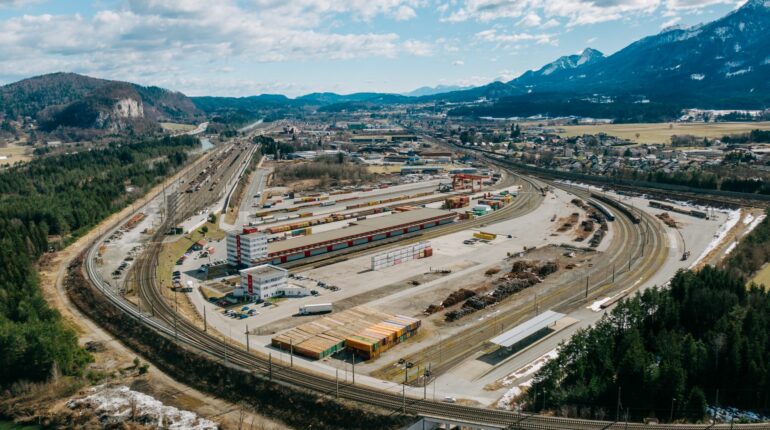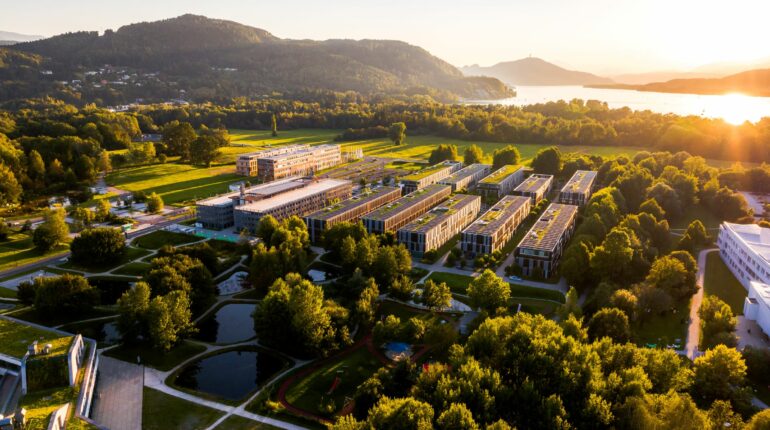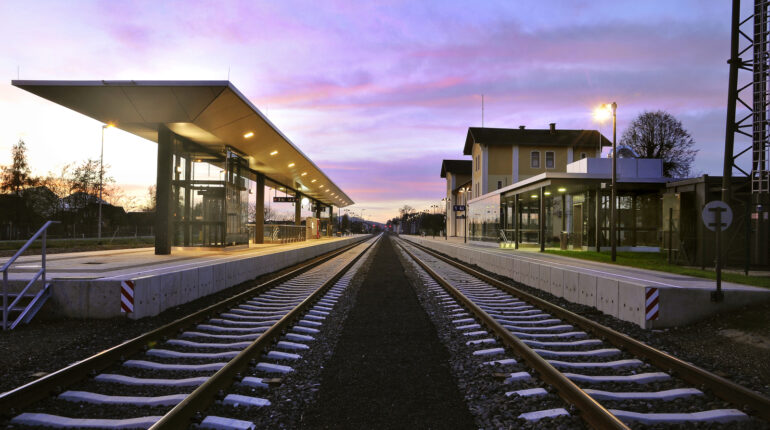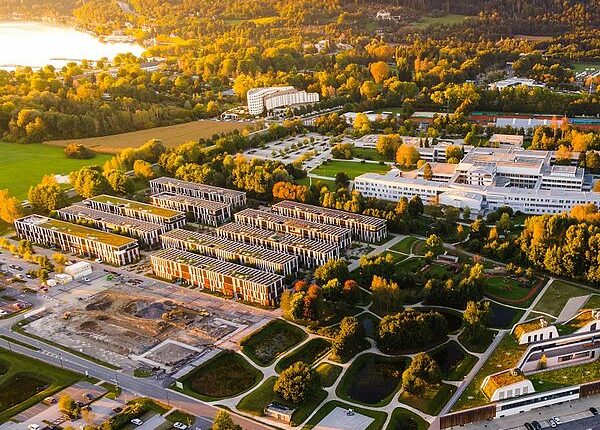Carinthia - It's my life!
Blog
Start your week informed and inspired!
Life is a journey and so is our new Blog. More stories, further interviews coming soon.

10/01/2024
Startups: Good funding opportunities in Carinthia
In addition to crowdfunding, business angels and venture capital, Carinthia offers interesting funding opportunities for startups. The province of Carinthia also offers uncomplicated startup aid in the form of competitions.
© Johannes Puch

10/01/2024
Founding a startup: Personal consulting in Carinthia
More direct and personal contacts who provide advice and support: in Carinthia, founding an enterprise is not as complex and anonymous as in some startup hot spots, but actually personal and uncomplicated.
© Johannes Puch

10/01/2024
Work-lake balance: Modern and relaxed working in Carinthia
Founding a company is sometimes like jumping in at the deep end. Fortunately, the Wörthersee in Carinthia is considered the warmest lake in the Alps – and founders can work there at the Businessbeach in a relaxed atmosphere and decide for themselves when a refreshing dip would do them good. This is how work-lake balance works in Carinthia.
© Michael Stabentheiner

15/06/2023
Circular economy: Carinthia boosts the sustainable plastics industry
All plastic packaging must be fully recyclable and PET bottles will need to contain up to 30 percent recycled plastic under targets set by the European Union for 2030. Many companies in the Austrian plastics industry are already ambitiously pursuing these goals to create a circular economy.
©Standortmarketing Kärnten | Monte Nero Productions

17/03/2023
Port of Trieste
In addition to large-scale plans for the expansion of the port of Trieste, new transport routes along the Tauern-Adria axis are also in the pipeline. Throughout its existence, the port of Trieste has been the “gate to the world” for Central Europe and has played an important role as an international logistics hub especially from an Austrian perspective.
Shutterstock

15/03/2023
A Strategy for the Future: Bioeconomy
Carinthia takes on the challenge of the European Green Deal. More about the key facts and the fascinating vision of making Europe the first climate-neutral continent in the world by 2050.
Famous bamboo forest Sagano in Kyoto in Japan
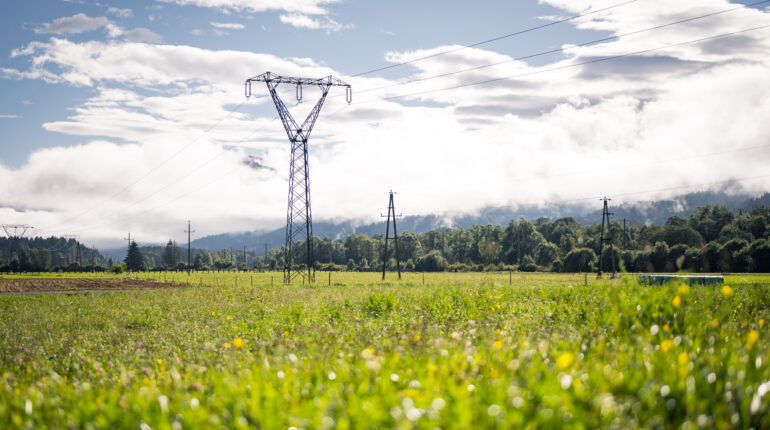
03/03/2023
Renewable Expansion Act (EAG)
The EAG essentially replaces the previous Green Electricity Act and also completely restructures the subsidy for clean energy. In future, the subsidy will be more dynamic, market-based and with a longer subsidy period will offer an even lengthier planning horizon.

